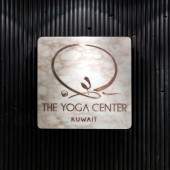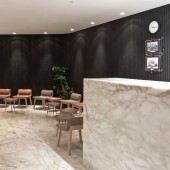The Yoga Center wellness Center by Rashed Alfoudari, Dawood Albader |
Home > Winners > #29815 |
| CLIENT/STUDIO/BRAND DETAILS | |
 |
NAME: The Yoga Center PROFILE: The Yoga Center Kuwait was created on the idea of bringing awareness to the Kuwaiti community by integrating the yoga lifestyle into everyday life. Yoga is a powerful tool to create balance physically, mentally and spiritually. Building this awareness through its varying components; breathing, posture, control of surroundings and a continuing education in making better choices in our many dimensions of wellbeing. |
| AWARD DETAILS | |
 |
The Yoga Center Wellness Center by Rashed Alfoudari, Dawood Albader is Winner in Interior Space and Exhibition Design Category, 2013 - 2014.· Read the interview with designer Rashed Alfoudari, Dawood Albader for design The Yoga Center here.· Press Members: Login or Register to request an exclusive interview with Rashed Alfoudari, Dawood Albader . · Click here to register inorder to view the profile and other works by Rashed Alfoudari, Dawood Albader . |
| SOCIAL |
| + Add to Likes / Favorites | Send to My Email | Comment | Testimonials | View Press-Release | Press Kit | Translations |
Did you like Rashed Alfoudari, Dawood Albader's Interior Design?
You will most likely enjoy other award winning interior design as well.
Click here to view more Award Winning Interior Design.








